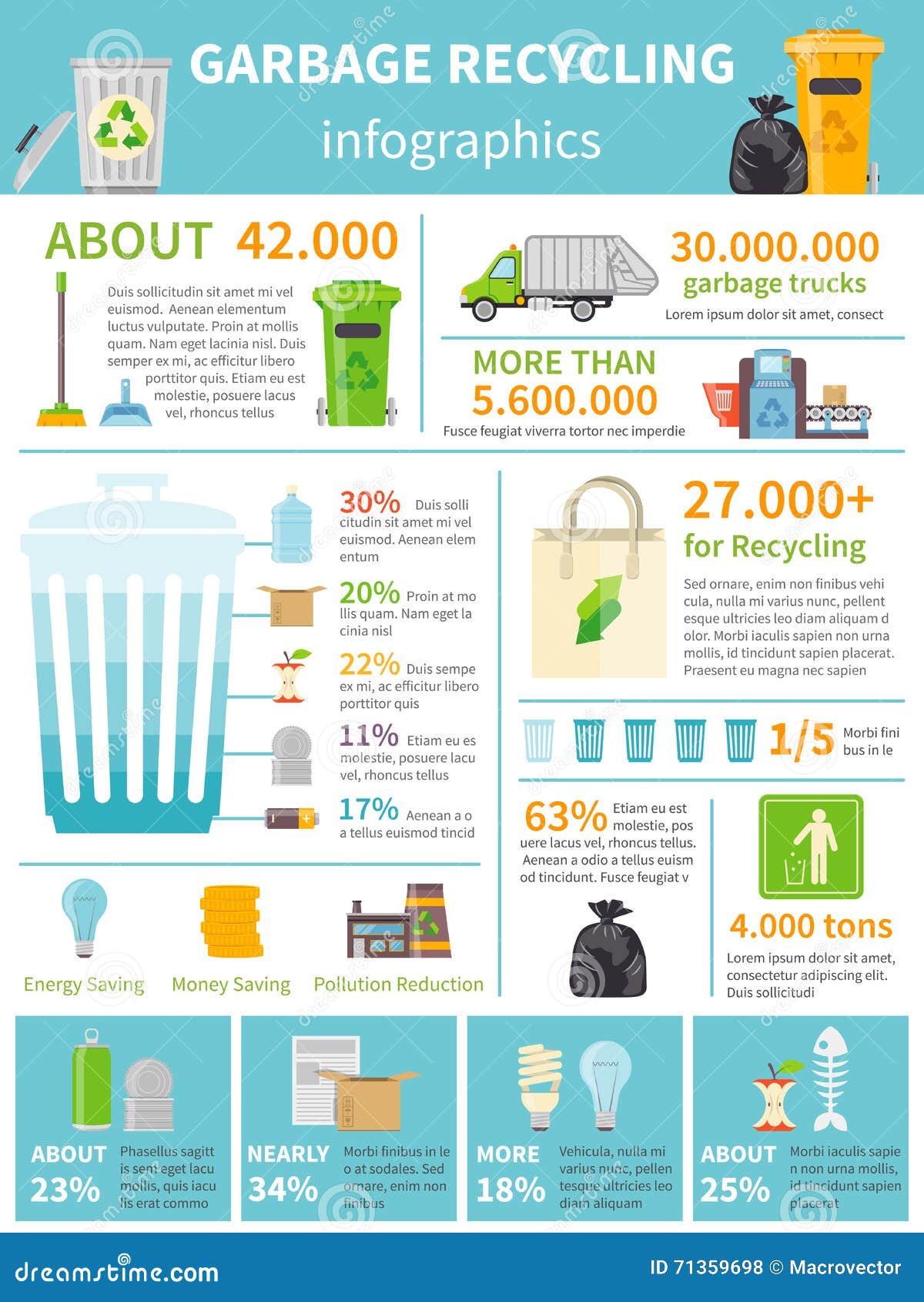Exactly How To Select The Right Dumpster Size For Your Project: A Comprehensive Overview

Authored By-Hahn Berger
When starting a task that calls for a dumpster, the dimension you choose can substantially impact its performance and cost-effectiveness. Envision having the ideal container that fits all your waste without being exceedingly large or too small. All of it begins with understanding the subtleties of your project and picking a dumpster dimension that aligns with your certain demands. So, prior to you decide, take into consideration the variables at play to make sure a smooth waste monitoring procedure from beginning to end.
Aspects to Take into consideration
When picking the best dumpster size, there are numerous essential elements to think about.
First, think about the kind of waste you'll be disposing of. Different products may require differing quantities of space, so understanding what you'll be placing in the dumpster is important.
Next off, examine the quantity of waste you anticipate to create. If you take too lightly the quantity, you might need to make numerous trips to get rid of every little thing, which can be troublesome and costly. On the other hand, renting out a dumpster that's also huge can result in unneeded expenditures.
Furthermore, consider the room where the dumpster will certainly be put. Make certain there's enough room for the dumpster to be provided and gotten with no blockages.
Last but not least, think about any weight constraints that may use. Going beyond the weight restriction can result in extra costs and even the refusal of service.
Dumpster Size Options
For choosing the best dumpster dimension, it's vital to have a good understanding of the offered alternatives. Dumpster sizes typically range from 10 to 40 cubic lawns, with variations in between.
A 10-yard dumpster is suitable for tiny projects like a garage cleanout or a little remodelling. If you're tackling a medium-sized task such as a cooking area remodel or a cellar cleanout, a 20-yard dumpster could be the best selection.
For larger projects like a whole-house restoration or commercial building and construction, a 30 or 40-yard dumpster could be more suitable to suit the quantity of waste produced.
When picking a dumpster size, take into consideration the quantity and type of particles you anticipate to throw away. It's far better to pick a slightly larger dimension if you're not sure to prevent overfilling. Bear in mind, it's more economical to rent a dumpster that fits your demands rather than having to buy an additional one.
Matching Size to Job
Efficiently matching the dumpster size to your project is important for efficient waste monitoring. To establish the appropriate dimension, think about the scope and nature of your job.
For small household cleanouts or remodellings, a 10-yard dumpster might be enough. These are usually 12 feet long and can hold about 4 pickup lots of waste.
For larger jobs like renovating numerous spaces or clearing out a large estate, a 20-yard dumpster may be better. These are around 22 feet long and can hold roughly 8 pickup truck loads.
If you're taking on a significant building and construction task or commercial remodelling, a 30-yard dumpster could be the very best fit. These dumpsters have to do with 22 feet long and can accommodate concerning 12 pickup tons of debris.
Matching the dumpster dimension to your task ensures you have adequate area for all waste materials without paying too much for extra capacity.
Conclusion
To conclude, picking the best dumpster size for your project is vital for effective waste disposal. By taking into consideration aspects like the type and amount of waste, area accessibility, weight limitations, and budget restraints, you can ensure you have the suitable dimension dumpster for your demands. Make https://15-yards-dumpster53948.blog-ezine.com/30620865/real-life-experiences-lessons-gained-from-renting-a-dumpster-for-special-events to match the dimension of the dumpster to the extent and nature of your job to prevent overspending on unneeded costs.

